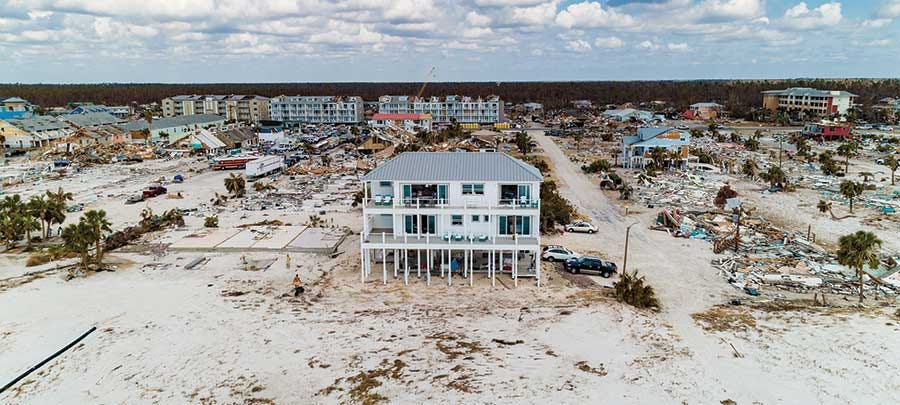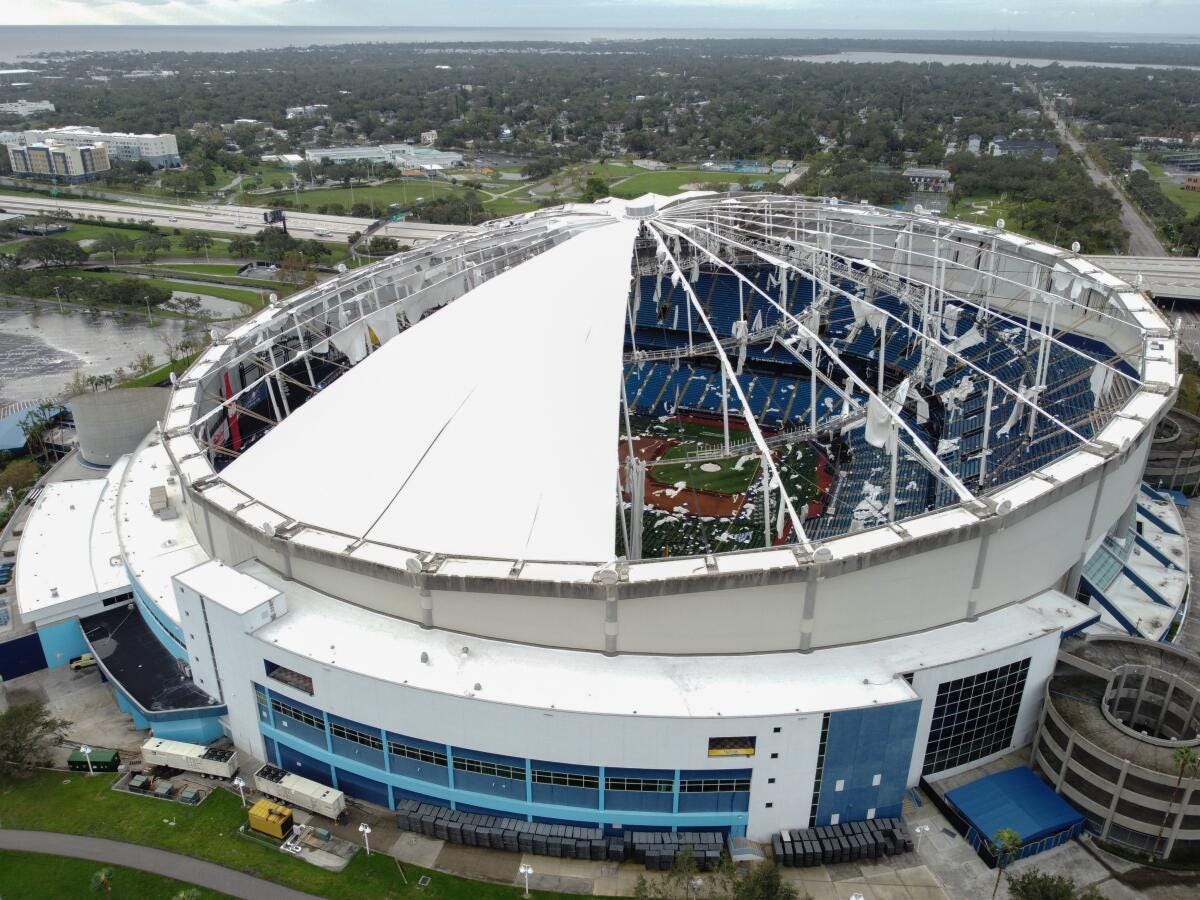What if living in Florida isn't the wrong idea?
Preparedness may matter almost as much as risk

In policy circles where people debate how to adapt to climate change, one of the most common ideas is to move people out of harm’s way. Florida is subject to frequent hurricanes and rising sea levels – it is not a safe place to live. And yet, it is one of the fastest-growing states in the country, even if that growth is now leveling off. There is no system in which state or local leaders would voluntarily curb population growth; managed retreat away from coastal Florida makes tons of sense, but is a tough sell in reality.
We also live in a world where nowhere is entirely safe— not even supposed climate havens like Western North Carolina or Vermont. By contrast, Florida knows its risk level and has shown it is capable of adaptation. Is it possible that we need to start adjusting our policy proposals from retreat toward preparedness?
Florida has actually created a pretty strong, well-enforced building code in the years since Category 5 Hurricane Andrew. When Hurricane Andrew struck in 1992, there were more than 400 different local building codes in Florida. By 1994, South Florida adopted a more stringent code; within a decade, the entire state adopted the same code. Buildings constructed after 2002 have to be made to withstand 120-mile-per-hour winds; in South Florida, they need to withstand 175-mile-per-hour winds. FEMA ranks hazard-resistant building code adoption by state, and Florida is routinely at the top with nearly 99 percent of the state’s buildings with hazard-resistant code. By contrast, in Pennsylvania, where I live, less than 12 percent of the state is up to hazard-resistant code. I shudder to think what would happen here if a Nor’easter barreled inland as Helene did.

The Insurance Institute for Business and Home Safety analyzed 3,600 buildings following Hurricane Ian. Of the 455 built after 2002, all withstood the storm without structural damage. But what about the other 3,000+ buildings? That is, of course, the problem — there are a lot of older buildings. The average age of an American house is now 40 years old. And just because there’s no structural damage doesn’t mean there’s not a lot of other kinds of damage, namely the lives lost and the mental, physical, and financial toll on those surviving.
Still, I am reminded of when Covid-19 first hit many countries in Asia. Their response was quick and coordinated – they had experienced SARS, H1N1, and other airborne viruses before. They knew how to lock down, wear masks, and set expectations. By comparison, the United States was completely unprepared and shocked. It’s no surprise our per capita death rate far exceeded that of Japan or South Korea, for example.
The truth is that we have to be prepared not just for major storms, like hurricanes, but also for increasingly common, so-called “secondary perils,” like the hail storms that have caused hundreds of millions of dollars in damage in Dallas, or the heat domes over the Pacific Northwest. Many communities are slow to adapt to these scenarios, failing to produce the kind of massive upgrades to building codes or other resilience efforts needed to adjust to a world where climate events are frequent and widespread.
Beyond the paywall, I explore:
Why telling people to move becomes less effective when everywhere is at risk of climate disaster
Why messages of moving out of harms way need to paired with messages of moving toward prepared communities
Why we need an “all of the above” strategy to address managed retreat, de-risking by insurance companies, and a nationwide government insurance program that spreads risk.




